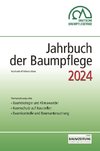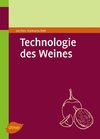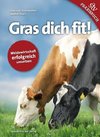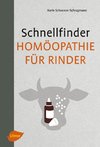
-
 Anglický jazyk
Anglický jazyk
Genetic variability, Correlation & Path coefficient analyses of Garlic
Autor: Kuldeep Kumar
Garlic having diploid chromosome number 16 belongs to the family Amaryllidaceae (Alliaceae); known as Lahsun in Hindi, is one of the important bulb crops grown in India. The history of garlic dates back to the time the immemorial original abode of garlic... Viac o knihe
Na objednávku
56.43 €
bežná cena: 62.70 €
O knihe
Garlic having diploid chromosome number 16 belongs to the family Amaryllidaceae (Alliaceae); known as Lahsun in Hindi, is one of the important bulb crops grown in India. The history of garlic dates back to the time the immemorial original abode of garlic is said to be Central Asia and Southern Europe, especially the Mediterranean region. Garlic has long been known as a cultivated plant in India and China. The major garlic-growing countries are Spain, Egypt, France, Mexico, and Brazil. In India, the total area covered under garlic is about 0.26 million hectares with a production of 1.42 million tonnes of bulbs and a productivity of 5.43 tonnes/hectares. Garlic has good medicinal properties, it has been reported that daily intake of garlic reduces the level of serum cholesterol which is responsible for heart attack. Variability parameters like the coefficient of variation, heritability, and expected genetic advance, besides the degree of association between the various characters and direct effect on bulb yield, is parameter significant in formulating an appropriate breeding strategy aimed at exploiting the inherent variability in the original population.
- Vydavateľstvo: LAP LAMBERT Academic Publishing
- Rok vydania: 2022
- Formát: Paperback
- Rozmer: 220 x 150 mm
- Jazyk: Anglický jazyk
- ISBN: 9786204979366
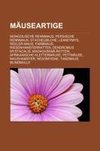
 Nemecký jazyk
Nemecký jazyk 

